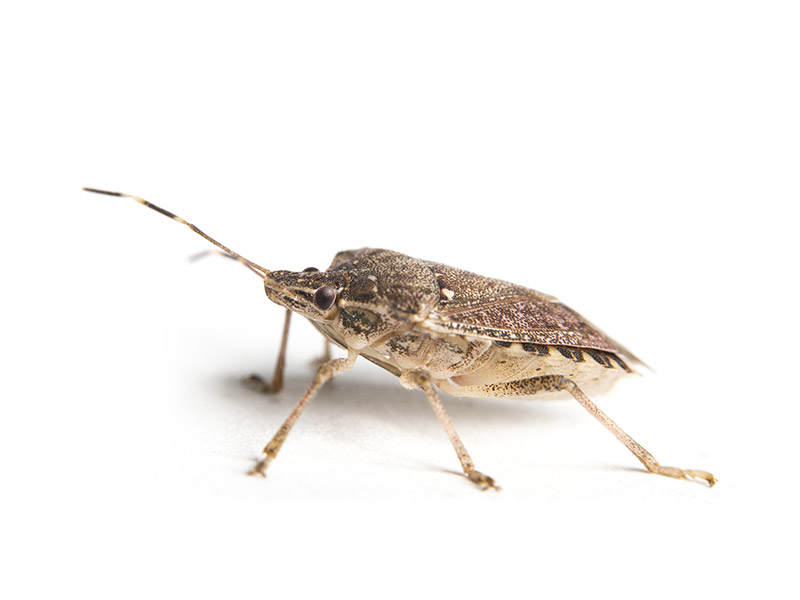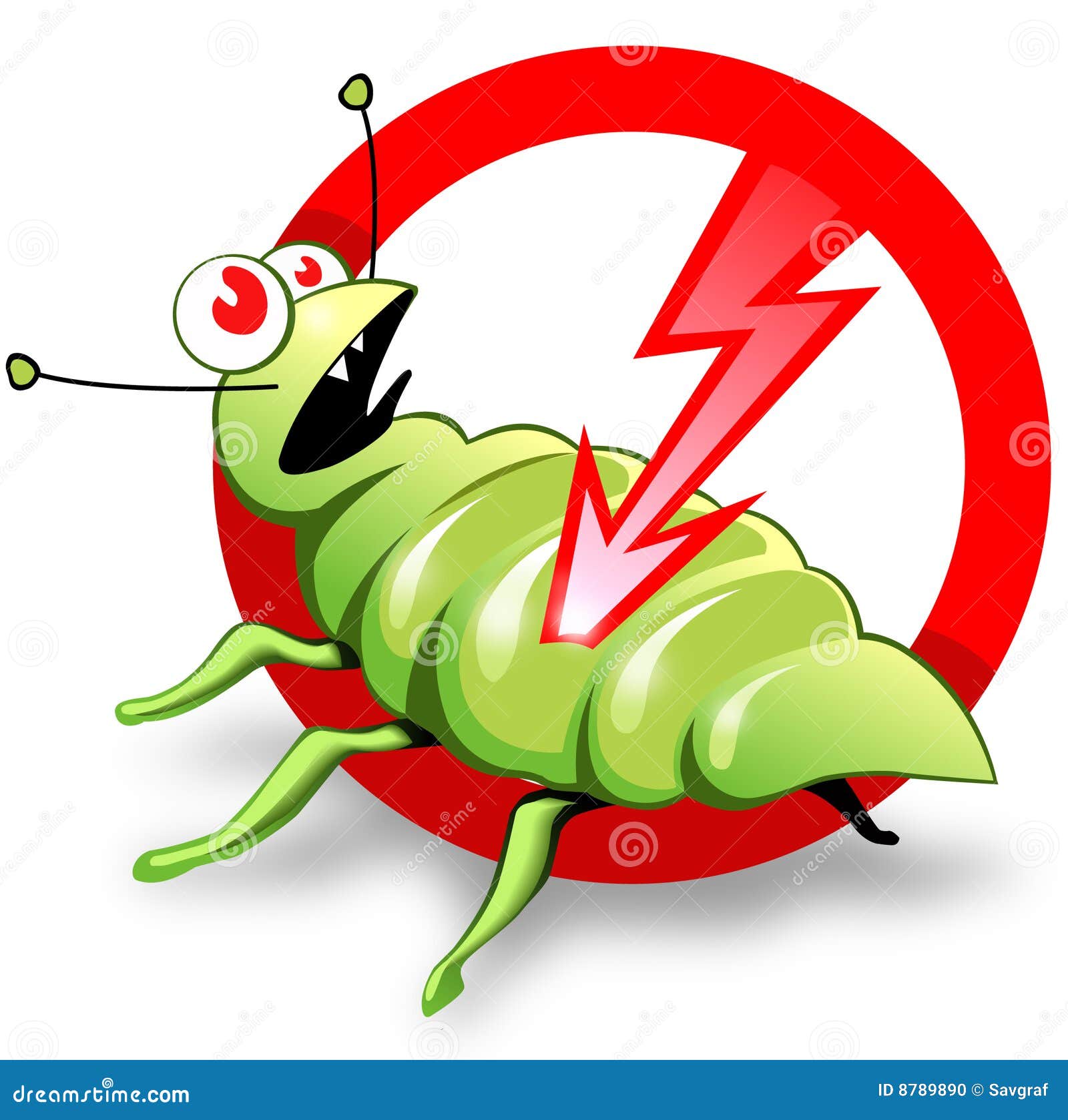Go with expert Pest Control to achieve a pest-free environment.
Wiki Article
Eco-Friendly Parasite Control Approaches for Handling Wildlife in Urban Areas
Urban areas usually find themselves at the junction of human activity and wild animals, resulting in unique challenges in parasite monitoring. Environmentally friendly approaches stress sustainable coexistence, employing methods such as habitat alteration and all-natural repellents to mitigate human-wildlife conflicts. These methods not just protect the atmosphere yet also improve area engagement in wildlife administration. As city populations continue to expand, recognizing the dynamics of wild animals interactions ends up being progressively crucial. What ingenious approaches can be implemented to guarantee both eco-friendly equilibrium and city safety? Exploring this question reveals a compelling landscape of prospective solutions.Understanding Urban Wild Animals Characteristics
Recognizing Urban Wild animals Dynamics is necessary for creating reliable and environment-friendly bug control methods. Urban locations are increasingly ending up being environments for different wildlife types, driven by variables such as environment fragmentation, food schedule, and human advancement. Recognizing these dynamics permits for a nuanced method to pest administration that aligns with ecological principles.Urban wildlife typically includes types such as raccoons, squirrels, and birds, which adapt to city environments, discovering specific niches in eco-friendly rooms, parks, and even suburbs. Their visibility can cause disputes with human beings, particularly when they manipulate personnels for food and sanctuary. Recognizing the behaviors and environmental duties of these species notifies approaches that reduce adverse communications while promoting biodiversity.
Moreover, recognizing the interdependencies within urban ecological communities assists in recognizing crucial locations for habitat preservation and reconstruction. This understanding adds to the advancement of integrated bug administration (IPM) techniques that take into consideration the environmental balance, therefore minimizing reliance on dangerous chemicals. By promoting coexistence in between people and metropolitan wildlife, cities can create healthier environments that profit both citizens and regional ecosystems, paving the way for sustainable urban living.
Natural Repellents and Deterrents
All-natural repellents and deterrents use a lasting option to traditional bug control techniques by taking advantage of the power of nature to maintain unwanted types at bay. These environment-friendly remedies typically utilize plant-based ingredients, vital oils, and other naturally occurring compounds that discourage insects without hurting the atmosphere.One reliable all-natural repellent is peppermint oil, which is recognized to fend off rodents and bugs. Its strong scent is unpleasant to numerous insects, making it a prominent selection for city setups. Vinegar and citrus peels can offer as deterrents, as their solid smells are typically uninviting to different wild animals.
In addition, diatomaceous planet is an all-natural powder that can be spread out in locations prone to insect activity, effectively dehydrating and hindering bugs without positioning risks to non-target varieties. Garlic sprays and neem oil are recognized for their ability to fend off a large range of bugs, including both pests and larger wild animals.
Executing these all-natural repellents not just minimizes reliance on chemical pesticides however additionally promotes a healthier city community, cultivating a more balanced conjunction in between humans and wildlife. By making use of these methods, city areas can successfully manage insect populaces while decreasing ecological effect.
Environment Adjustment Techniques
Efficient environment modification techniques play an essential function in lasting pest management by altering the atmosphere to make it less helpful to pest problems. By comprehending the environmental characteristics of urban areas, homeowner can carry out calculated adjustments that deter parasites while promoting biodiversity.(Spider exterminator Port Charlotte)One key strategy involves keeping proper sanitation. This consists of normal waste elimination, protecting trash can, and getting rid of standing water to decrease reproducing sites for pests and rodents. Furthermore, landscaping methods such as choosing native plants look these up can improve ecological equilibrium, giving environments for helpful organisms while lessening resources for parasites.
One more essential technique is to secure entrance factors in buildings. Checking and fixing fractures in foundations, walls, and windows can substantially decrease parasite accessibility. In addition, producing physical obstacles, such as fencings or plant barriers, can inhibit wildlife movement into human-inhabited areas.
Integrated Pest Administration Practices
Building upon environment modification strategies, integrated bug monitoring (IPM) techniques offer an all natural method to controlling bug populations while lessening ecological effect. IPM integrates different approaches, including organic, social, mechanical, and chemical controls, to accomplish efficient pest management.Organic control includes the introduction of all-natural predators or bloodsuckers to minimize insect populations. Social methods, such as crop rotation and hygiene, interrupt pest life process and lessen their habitats - Pest control service. Mechanical controls, like traps and barriers, provide immediate alleviation from bug pressures without chemical intervention
Chemical controls are made use of as a last resource, focusing on targeted applications that limit damage to non-target species and the atmosphere. The selection of ecologically friendly chemicals, when essential, is integral to the IPM framework. In addition, keeping an eye on bug populaces and assessing prospective damages helps notify decision-making, ensuring that treatments are prompt and reliable.
Community Participation and Education

(Termite treatment Port Charlotte)Workshops and informational sessions can equip residents with knowledge regarding native varieties, environment conservation, and effective non-toxic parasite administration techniques. Collaboration with schools, regional organizations, and federal government firms better boosts educational outreach, making certain that necessary information reaches varied target markets.
Furthermore, community-led campaigns, such as neighborhood clean-up days and environment restoration tasks, not just advertise biodiversity however likewise strengthen community ties. Pest control service. By urging residents to share their experiences and monitorings, areas can establish targeted methods that attend to particular neighborhood bug issues
Including comments from locals right into insect management plans allows an extra responsive and flexible approach to wildlife difficulties. Inevitably, informed and involved neighborhoods are key to accomplishing long-term success in environmentally friendly parasite control, leading to healthier metropolitan atmospheres that value both human and ecological requirements.

Verdict
In conclusion, environmentally friendly insect control approaches deal sustainable solutions for handling urban wild animals. By focusing on habitat adjustment, utilizing all-natural repellents, and carrying out integrated parasite administration techniques, neighborhoods can promote an unified conjunction with neighborhood animals.Report this wiki page